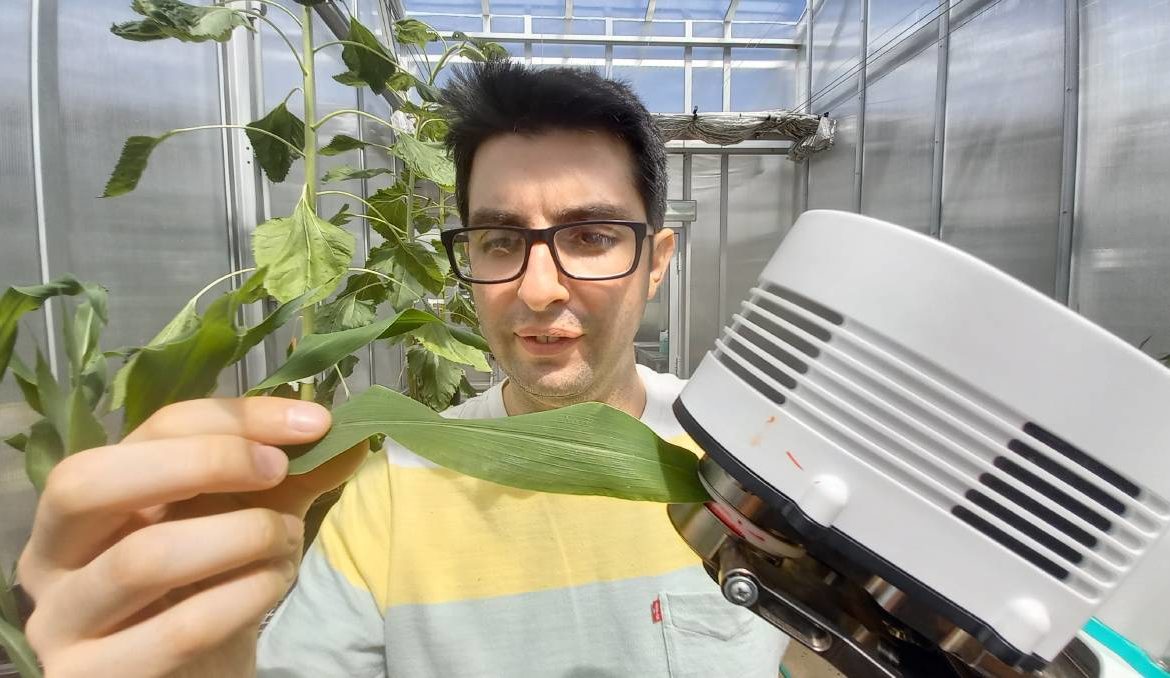news, environment, plant, plant research, anu, anu research, drought resistant planbts, diego marquez
Drought-resistant plants and crops are now one step closer to being a reality, thanks to a new breakthrough from Canberra researchers. Scientists have now been able to determine a way to measure how much water a plant has lost, upending a 40-year research model in the process. Australian National University researcher Diego Marquez has helped to come up with a new way to determine a plant’s water loss by measuring the dehydration levels through the plant’s skin, also know as the cuticle. Previous models for determining dehydration levels of plants that have been around since the early 1980s have only been measured through pores on the leaves. Mr Marquez, who has spent the past four years researching the technique, said the new method could help to boost efforts to improve crop performance during periods of long drought or extreme heat. “We had only been looking at half the picture of crops and other plants when it came to their drought tolerance,” Mr Marquez said. “The cuticle is the final barrier for leaf dehydration and so this study can help to better understand drought tolerance. “We’re helping to create a tool to be able to better understand how a plant can behave.” Further research is now being developed to allow agricultural scientists to calculate how much water is being lost through the skin of a crop. The findings have been published in the journal Nature Plants. Our journalists work hard to provide local, up-to-date news to the community. This is how you can continue to access our trusted content:
/images/transform/v1/crop/frm/Yb2Jn5LgcGxmVnDUUjd5xi/1e697fec-62b0-4e63-aabd-04f07bc45966.jpg/r0_276_3264_2120_w1200_h678_fmax.jpg
Drought-resistant plants and crops are now one step closer to being a reality, thanks to a new breakthrough from Canberra researchers.
Scientists have now been able to determine a way to measure how much water a plant has lost, upending a 40-year research model in the process.
Australian National University researcher Diego Marquez has helped to come up with a new way to determine a plant’s water loss by measuring the dehydration levels through the plant’s skin, also know as the cuticle.
Previous models for determining dehydration levels of plants that have been around since the early 1980s have only been measured through pores on the leaves.
Mr Marquez, who has spent the past four years researching the technique, said the new method could help to boost efforts to improve crop performance during periods of long drought or extreme heat.
“We had only been looking at half the picture of crops and other plants when it came to their drought tolerance,” Mr Marquez said. “The cuticle is the final barrier for leaf dehydration and so this study can help to better understand drought tolerance.
“We’re helping to create a tool to be able to better understand how a plant can behave.”
Further research is now being developed to allow agricultural scientists to calculate how much water is being lost through the skin of a crop.
Our journalists work hard to provide local, up-to-date news to the community. This is how you can continue to access our trusted content:







